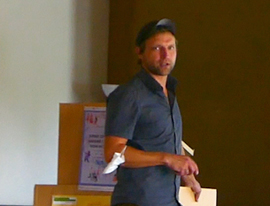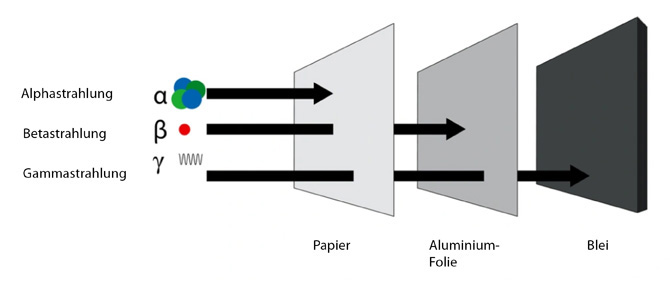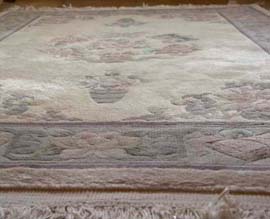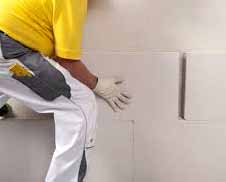
Architect Florian Hoppe presents the straw bale building
Continue reading


Architect Florian Hoppe presents the straw bale building

Gamma rays in building materials endanger health
The large-scale installation of radioactive building materials indoors can endanger the health of the occupants. Granite, tuff or pumice are building materials with radioactive potential. However, sand, gravel, limestone and natural gypsum can also be radioactively contaminated under certain circumstances. The builder does not always know which rock is in a product. For example, a masonry block is offered under the brand name “Liapor”, without the buyer knowing that pumice rock is hidden behind it. The European Union has therefore developed the Activity Concentration Index (ACI) to assess radiation exposure from building materials indoors. The Institute for Building Biology in Rosenheim (Germany) recommends an ACI value of less than 0.75 for health protection.
Continue reading

Carpets may contain toxins

edc in plastic products

mineral foam plates beeing fixed
The building materials industry classifies interior-insulation-systems increasingly as lucrative market. Here, the swing goes from impermeable material, to open to diffusion and capillary systems. The specially developed plates have the following basic pattern: lime, cement, sand and egg white proteins for frothing. The bulk density is low with values less than 100 kg/m3. This brings good insulation values. With the plates U-values from 0.5 to 0.4 W (m2K) can be achieved. When wall mounting the manufacturer’s instructions should be followed. Continue reading
Tadelakt is a special lime from Morocco and referred the same technology of its processing. The technique has been known since ancient times, but in Europe are getting later into oblivion. It was used to produce drinking water cisterns to seal water pipes and make hamams, Moroccan steam baths. The term “tadelakt” is derived from the Arabic “dellek”, meaning “knead, press” and refers to the preparation of material for processing.
Original Tadelakt can only be found in one place in the world: in Marrakech. He is very skinny so he can after burning and erasing without aggregates such as sand or grit will be processed immediately. By natural impurities Tadelakt is high hydraulic, water resistant and vapor permeable. The wholly natural raw material is so permeable to water vapor and returns it back to the controlled space. This creates an optimal environment. Continue reading